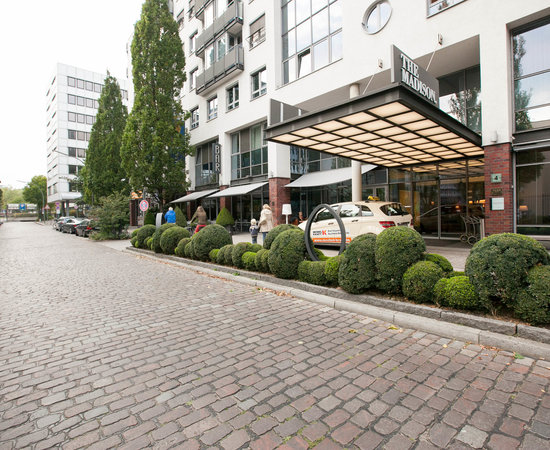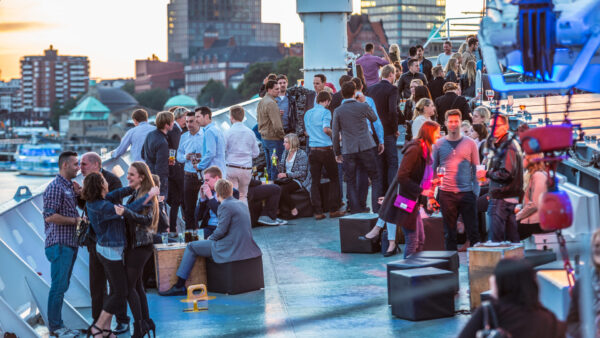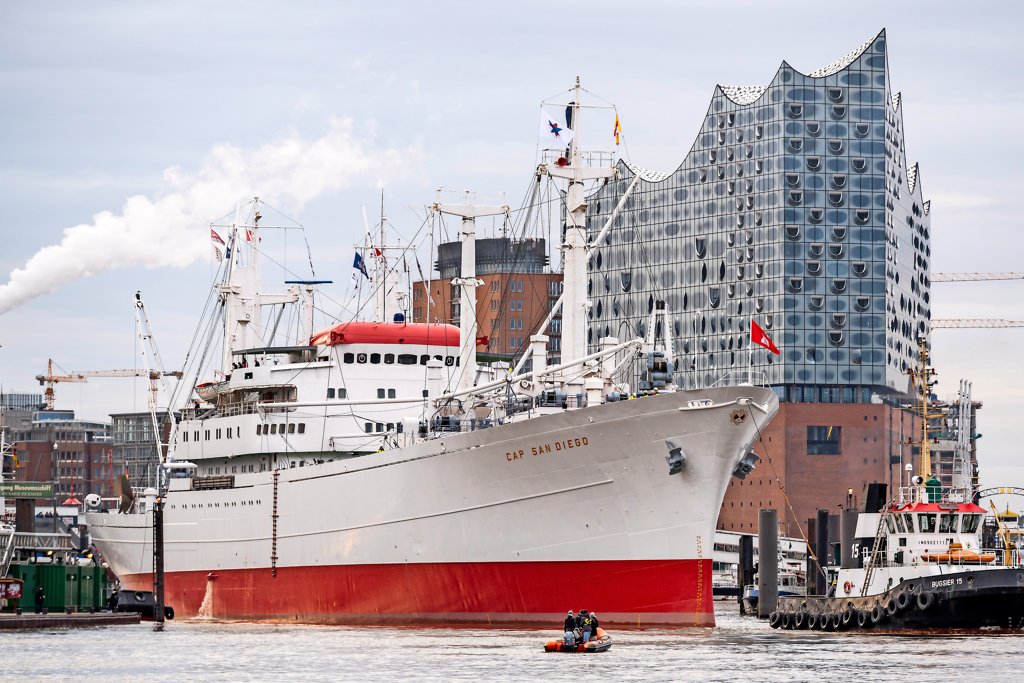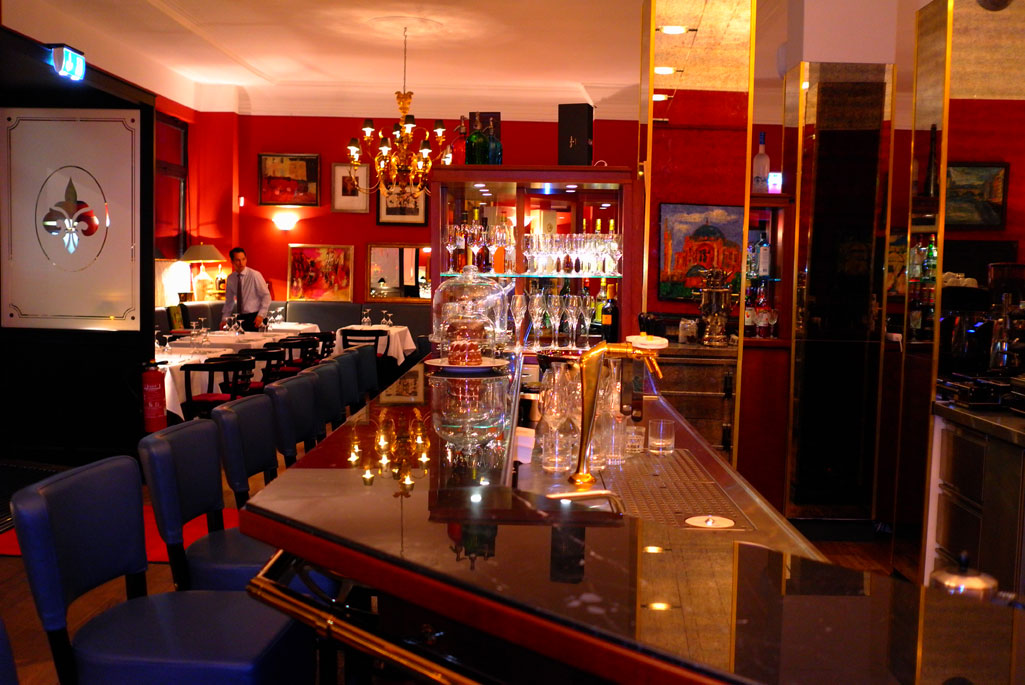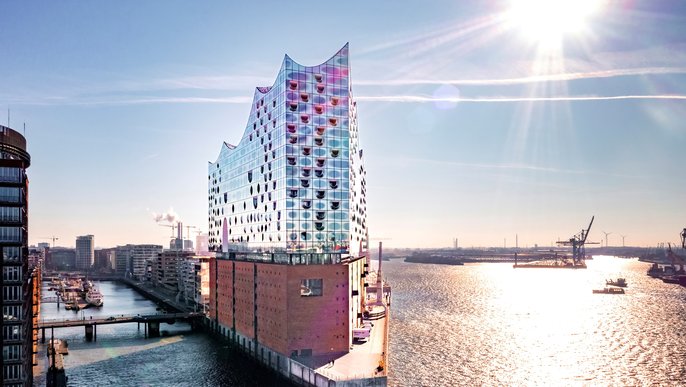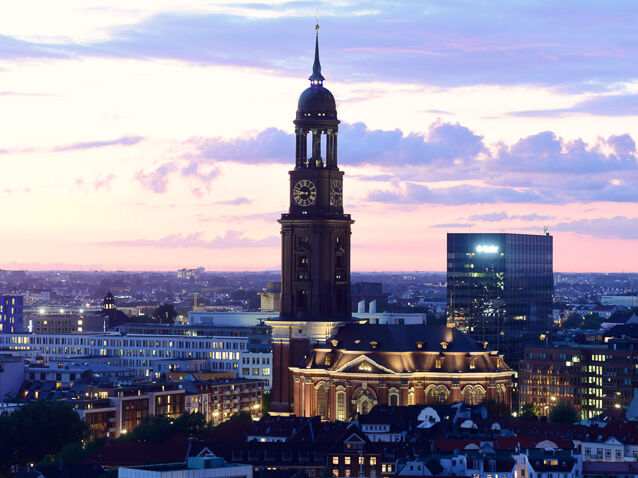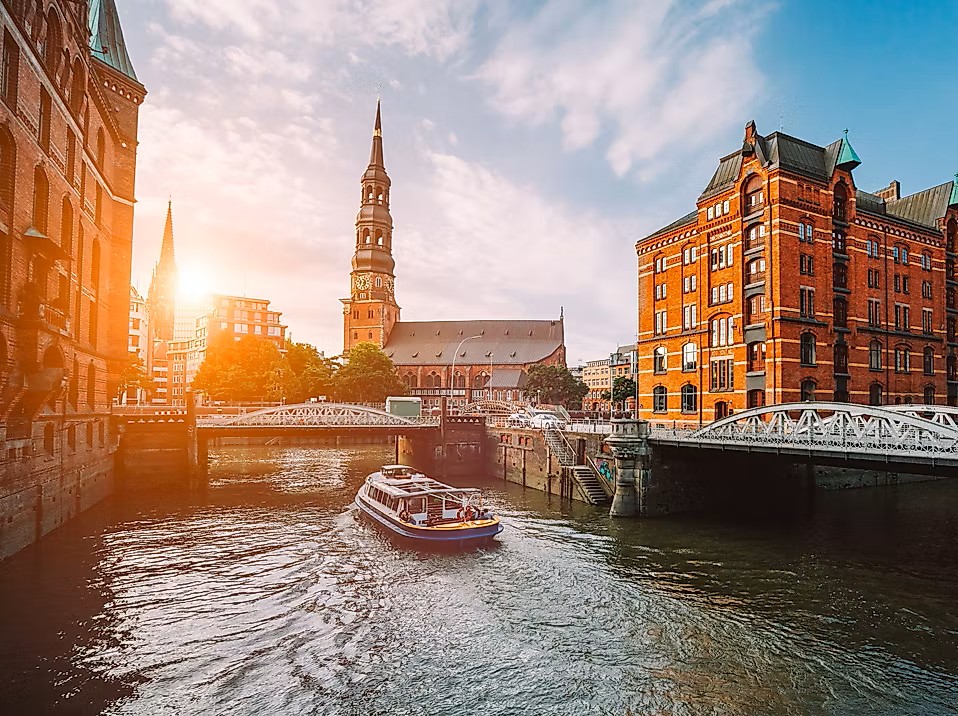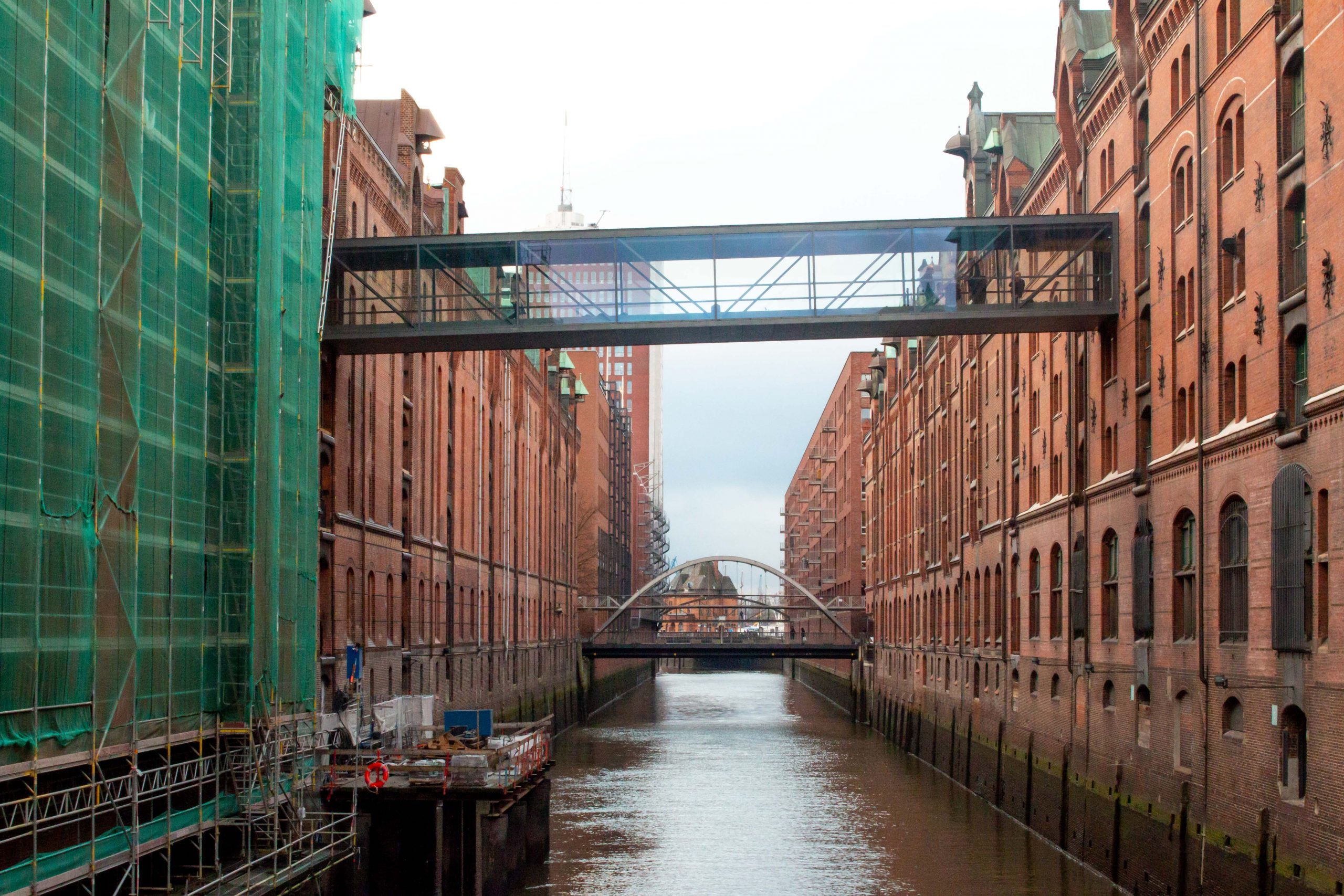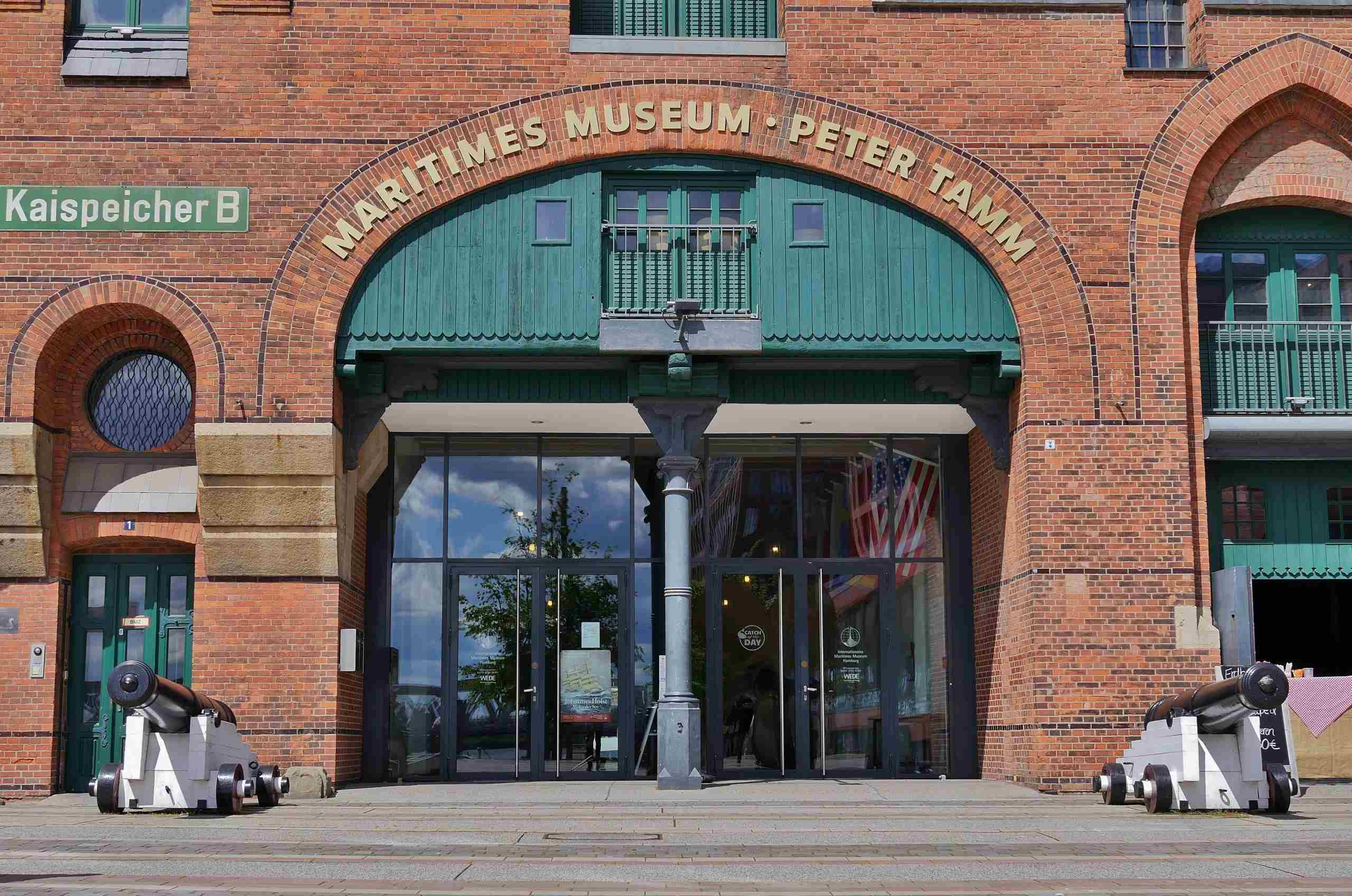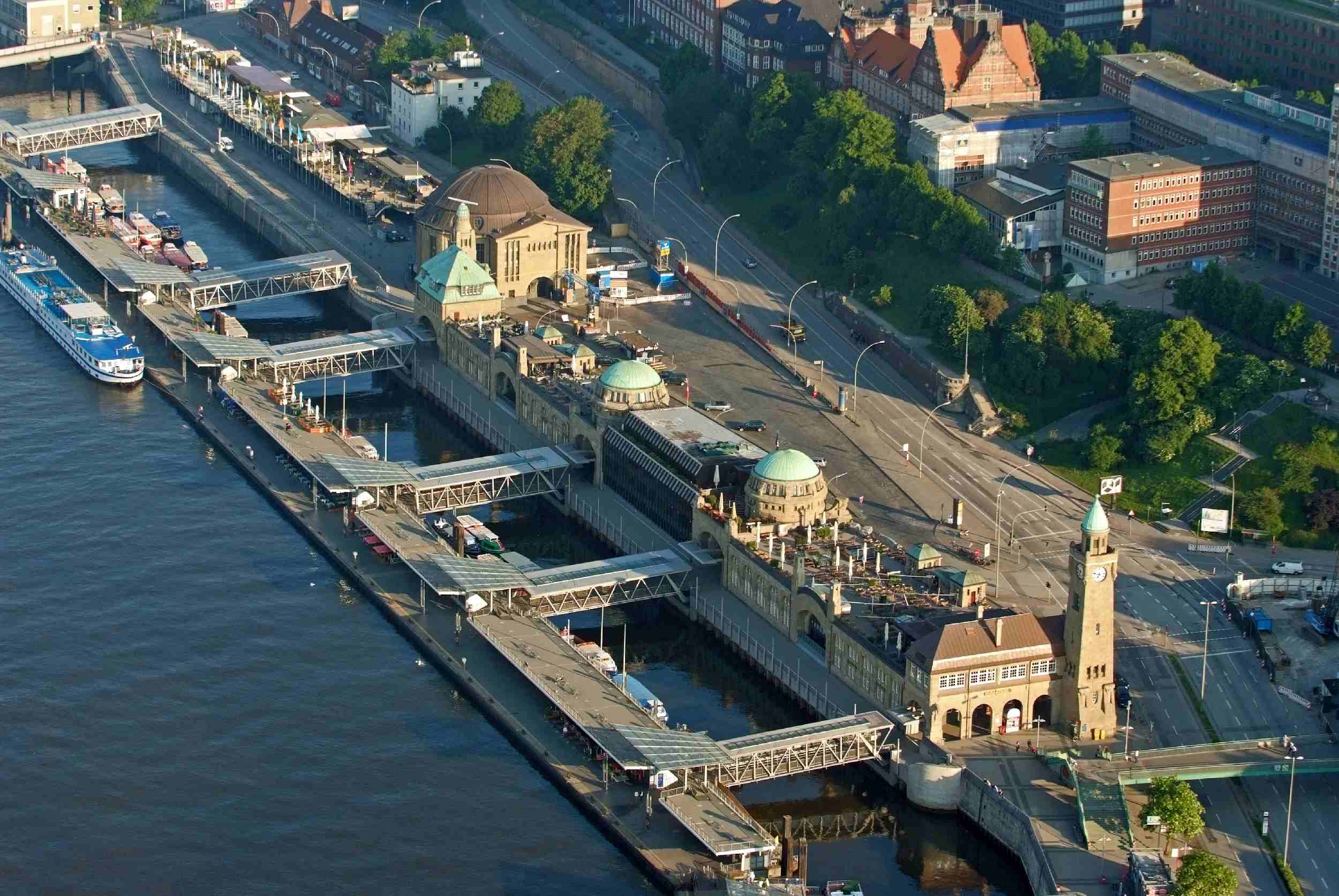This was the venue for the 47th Session NSOCC 2025 in Hamburg
*if you click at the blue-coloured words you get more info.
Remember to click back in your browser to return to NSOCC page.
The 47th Session took place at The Madison Hotel Hamburg from Monday 29 September to Wednesday 1 October 2025 with most Delegates arriving on Sunday and enjoying an informal get-together dinner on the evening of 28 September.
Where is The Madison Hotel Hamburg?
Schaarsteinweg 4, 20459 Hamburg. tel: +49 40 376660
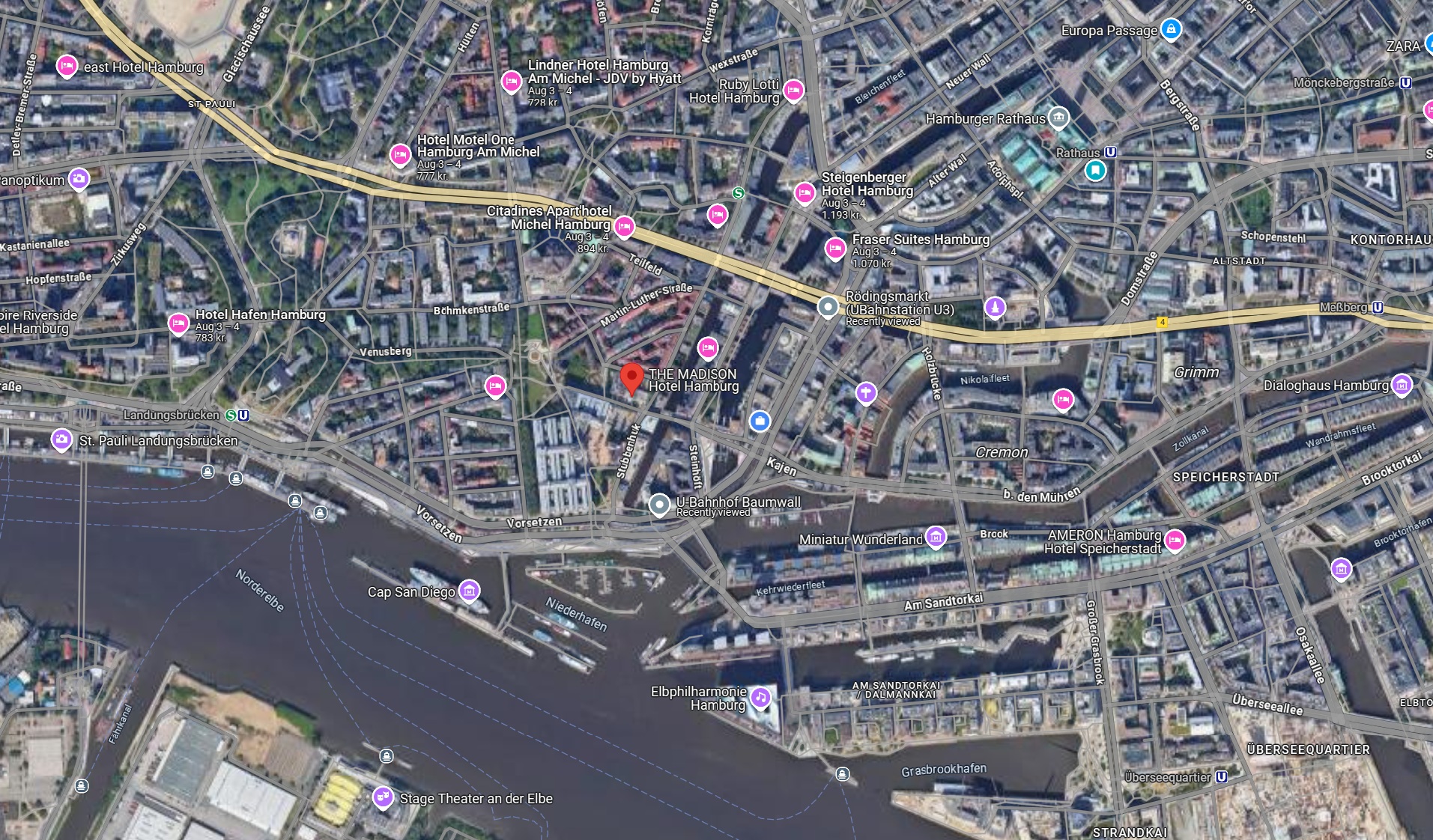
Parking and other services at The Madison Hotel
There are 320 parking spaces available in the public underground APCOA car-park in the same building, it is managed externally. Contact the reception team: €28 per day for hotel guests.
Guest laundry room: There are free laundry rooms with washing machine and dryer on floors 4 and 5 - for washing, drying and ironing yourself. If you wish, you can also iron directly in your room.
Business-Corner: The business corner with PC, printer and internet is available to you around the clock. It is located on the 1st floor.
Electric vehicle charging station: TBA.
Public Transport in Hamburg
Distances from public transport to The Madison Hotel:
U3-Bahnhof Baumwall 270 m
U3-Bahnhof Rödingsmarkt 550 m
S1-Bahnhof Stadthausbrügge 650 m
At Hamburg Airport, Flughafen Hamburg "Helmut Schmidt"
Timetable information and tickets for bus and train
Hamburg Airport has received the prestigious “Best Airport of Europe Award 2025” from Airports Council International (ACI) in the category of 10–25 million passengers.
By subway / suburban train: S-Bahn line S1 takes you from the airport to Hamburg Central Station and onwards to Stadthausbrücke every 10 minutes with a journey time of 30 to minutes each way. You can reach the S-Bahn station "Hamburg Airport (Flughafen)" directly from Terminals 1 and 2 (Arrivals) via elevators, escalators, and fixed stairs. On the S1 you have the option to change to U3 both at Barmbek and Hamburg Central Station.
If you would like to use taxi or shuttle services, taxis are available at the taxi stands in front of Terminal 1 and Terminal 2 on arrival level. Payments in the taxis can be made in cash as well as cashless (debit- or credit card), but better ask first. You can expect a €40 to €50 ride. They can provide too a receipt for your accountants. If the taxi queue is long you can also call a taxi and agree a pick-up point, typically just across from the taxi rank.
Hansa-Taxi Telefon: +49 40 211 1799 or via app
Taxiruf-Hamburg Telefon: +49 40 441 011 or via app
Taxi Hamburg Telefon: +49 40 666 666 or via app
FreeNow: via app only
What to do when in Hamburg?
Just a few steps and you reach the harbor and the landing stage, where cruise ships and barges pass the helm. Perhaps there is a container ship in the dock? From here, simply walk up the hill and the "Michel" - the main church, St. Michaelis - towers above you. If you then go back down the hill, you will come to the Speicherstadt, an UNESCO World Heritage Site. From there, it is only a stone's throw to the Hafencity and to Hamburg's newest landmark, the Elbphilharmonie.
As a landmark, it may have replaced St. Michael's Cathedral for some visitors and Hamburgers: the Hamburg Elbphilharmonie, affectionately known as "Elphi", is known far beyond the city limits - and not only because of its uniquely bold architecture but also because of the great concerts. Enjoy the view from the Plaza of the Elbphilharmonie. At a height of 37 meters, you have a great view of the Hamburg harbour and the Landungsbrücken. From the entrance, an 82-meter-long, curved escalator takes you up through the warehouse - you reach the Plaza in about 2.5 minutes - and the walk itself is a little highlight.
For many, St. Michaelis Church is THE monument of Hamburg. Affectionately called "Michel" by locals, the church was built in 1647 and has been one of the most important historical sites in ourthe city ever since. Sailors from all over the world used the tower as a guide because it was visible from incoming ships from a long distance.
The Speicherstadt is the world's largest contiguous complex of warehouses. If you ask a Hamburger what is so special about the Speicherstadt, you will often get the answer: "the light". Because the sun bathes the brick buildings in a golden light, reflects on the water of the canals that run through the Speicherstadt, and gives this district a unique atmosphere.
In order for the Speicherstadt to grow and prosper, many people had to leave their homes. Around 20,000 dock workers and their families were relocated from 1888 onwards to make room for the warehouses that can still be admired here today. The reason for this action: Hamburg had been incorporated into the so-called "Reich Customs Area" and the city needed space to store goods until they could be resold. Row after row of these warehouses was built, many of them lovingly decorated with bay windows, turrets and battlements. The goods then came to the buildings through the narrow waterways and were transported inside using winches and through the loading hatches: coffee and tea, rubber and tobacco, carpets from the Orient and many other treasures were among them. Today the Speicherstadt are listed buildings and is a UN World Heritage Site.
Other leisure activities include Miniatur Wunderland, an enormous model railway system; Hamburg Dungeon offers brave visitors a spooky trip through Hamburg’s history; Deutsches Zollmuseum (lit. 'German Customs Museum') tells the story of customs and smuggling; Internationales Maritimes Museum Hamburg offers thousands of model ships and maps for visitors to pour over; Automuseum Prototyp boasts rare prototypes from 70 years of automobile history; and Kaffeerösterei is all about coffee.
A trip to Hamburg is not complete without a visit to the harbour. A boulevard with sights stretches between the Elbphilharmonie, Landungsbrücken and the fish market. Visit the cargo sailing ship Rickmer Rickmers, which is considered a floating landmark of Hamburg, or the Cap San Diego - a museum freighter and Hamburg's "White Swan". A world of 700 meters: that's how long the landing stages are and there is hardly any place where you can experience the maritime charm of this city in such a compressed form as here.
What you must not forget when walking across the jetties is that you are not standing on solid ground - you are standing on a pontoon. These floating piers have a long tradition in the Hanseatic city. The first ones were built in 1839. Not only because they made it easier for steamships to dock, but also because the pontoons could be used to store the coal for propulsion. The pontoons that are now located at the jetties have been there since 1955.
